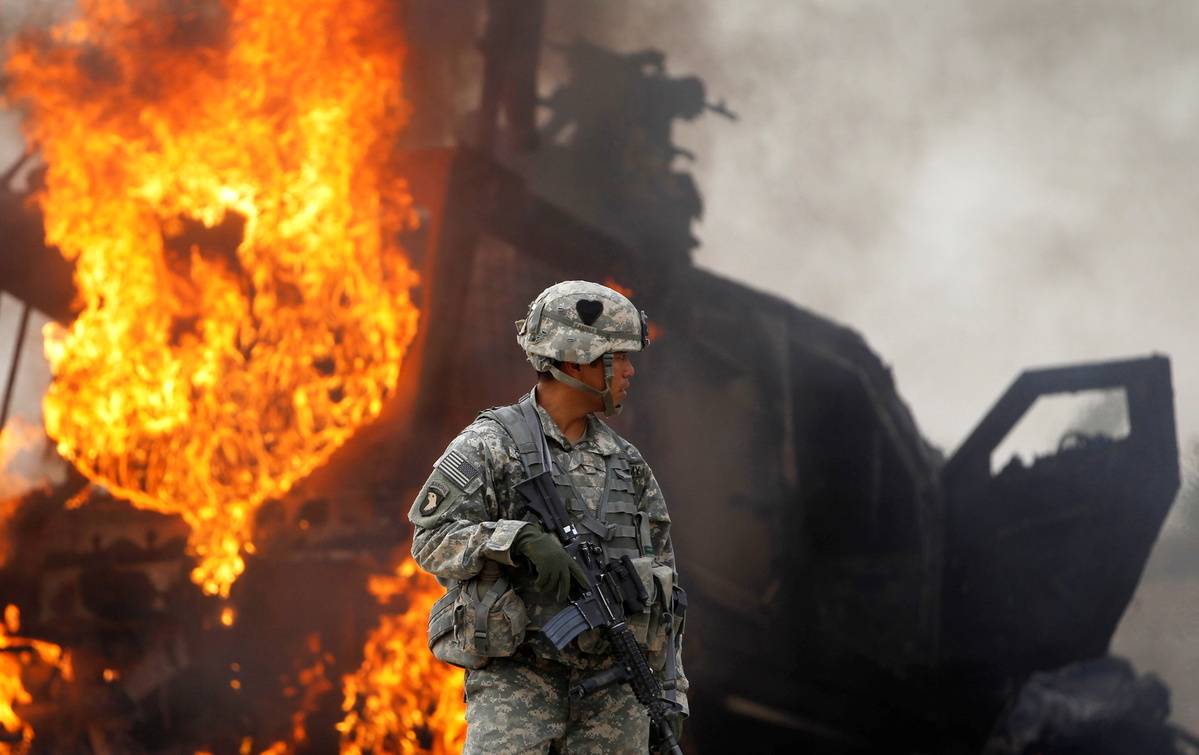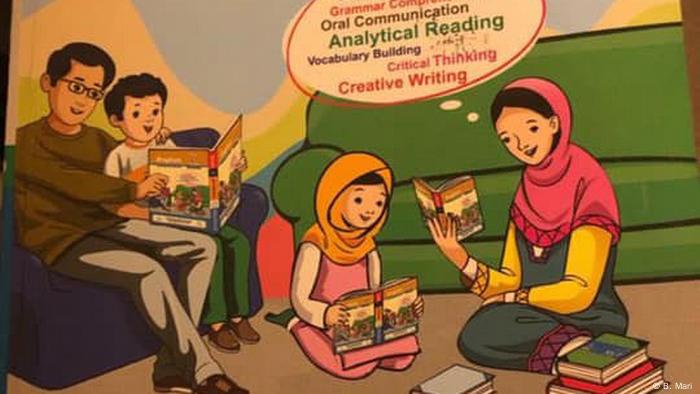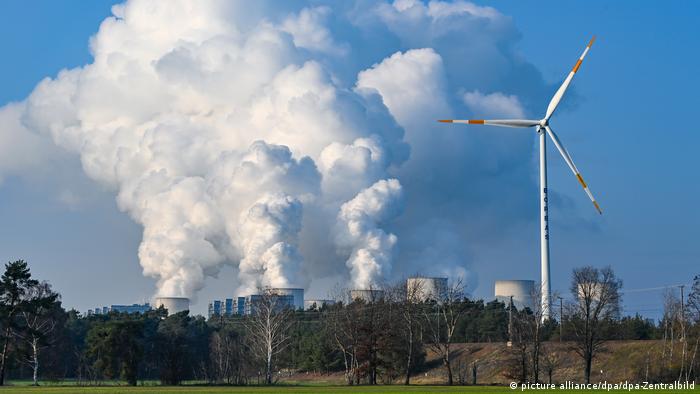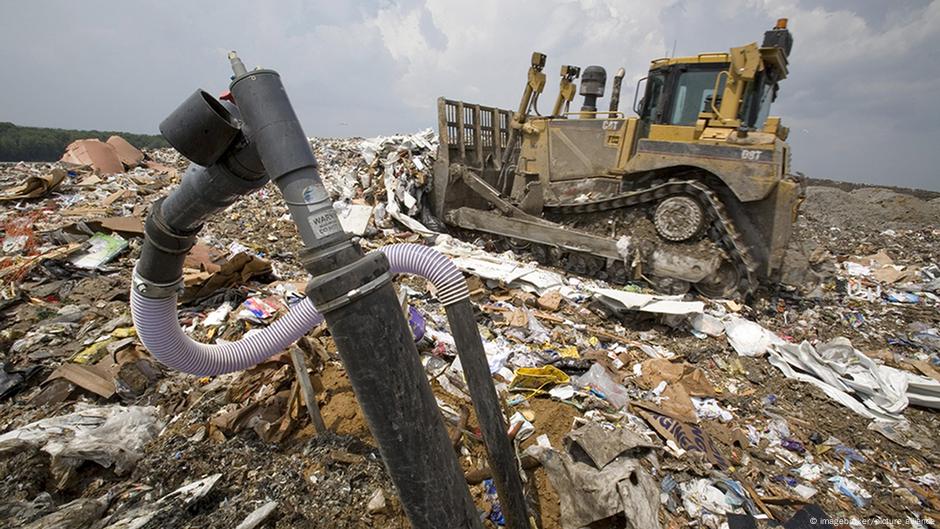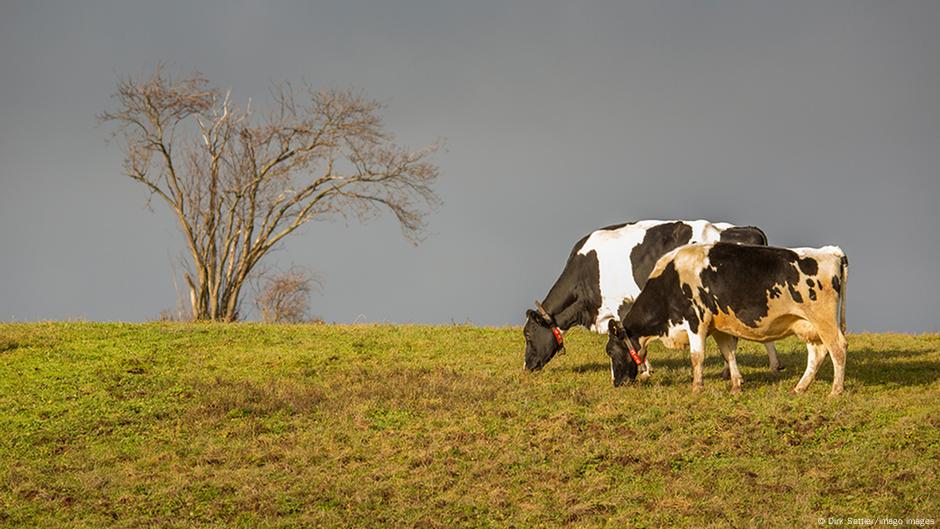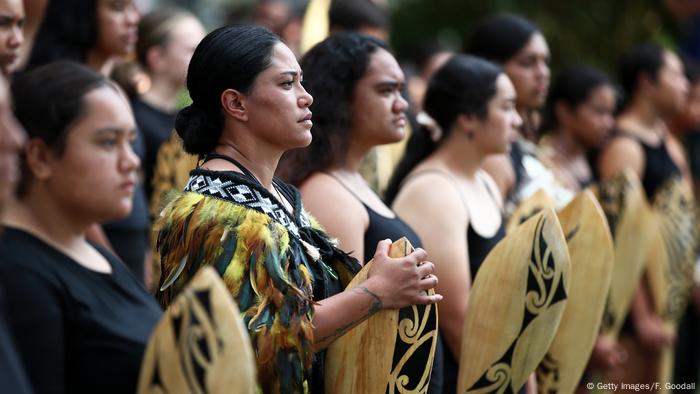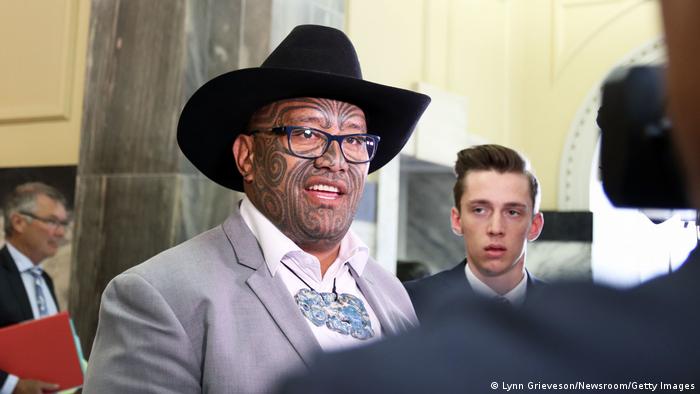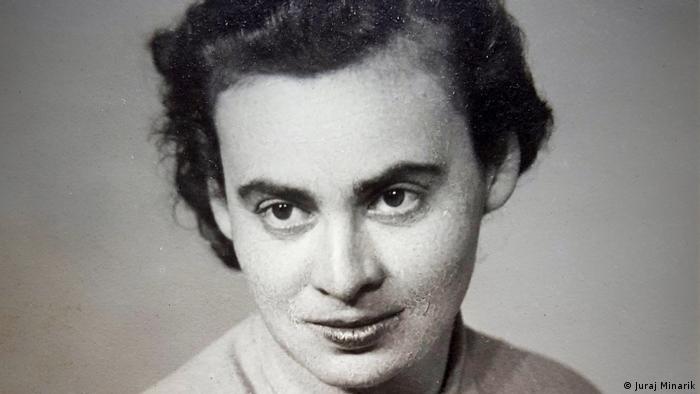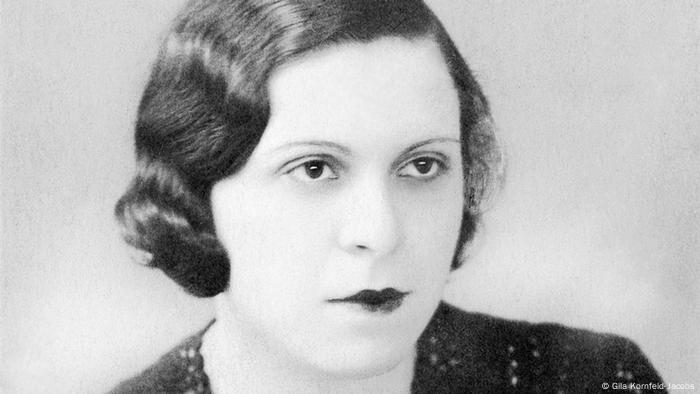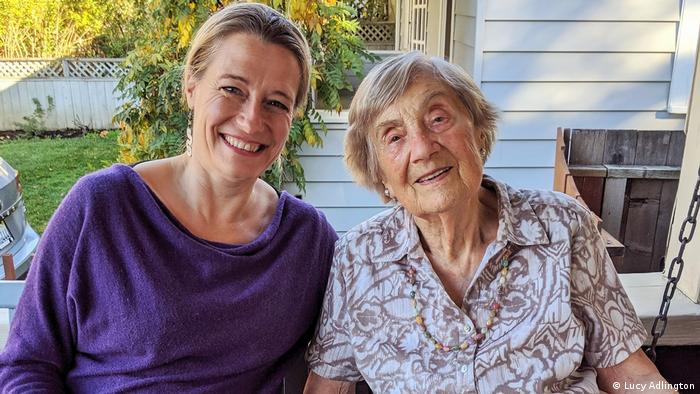She once wore a burqa in the House of Representatives to argue in favour of the invasion of Afghanistan.
IMAGES STAFF
DESK REPORT
American politician and NY Representative Carolyn Maloney was praised after attending the 2021 Met Gala fundraiser in a dress that had 'equal rights for women' written on it. However, many people aren't impressed with her because they remember when Maloney used her position of power to propagate negative stereotypes about Muslim women in the wake of 9/11.
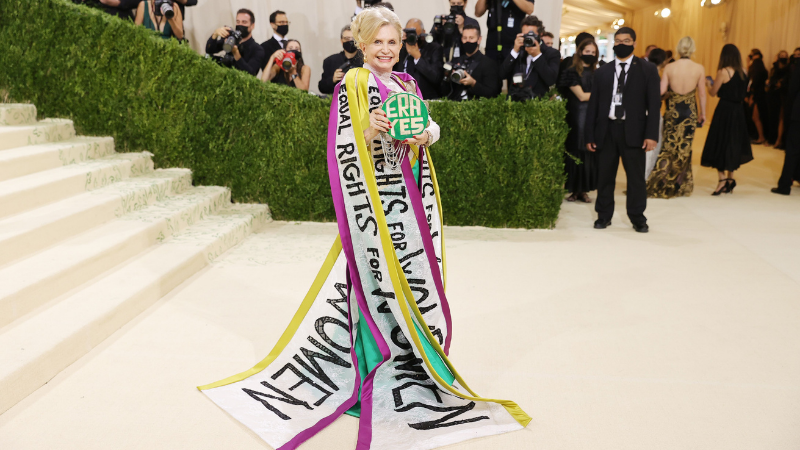
Maloney showed up at the 2021 Met Gala wearing a dress emblazoned with the words 'equal rights for women' on it. Her dress also included purple, white and gold; colours used by suffragette groups who fought for women's rights, including the right to vote, in the West. Maloney's dress was a call for the passing of the Equal Rights Amendment, a proposed amendment to the US constitution that will ensure equal rights for all American citizens regardless of their gender.
"Across the country, women’s rights are under attack," Maloney posted on Twitter along with a picture of her dress. "I have long used fashion as a force for change. As the Met Costume Institute reopens with their inaugural exhibit celebrating American designers, I am calling for the certification of the Equal Rights Amendment so women can be equal once and for all," she wrote
While Maloney's look was widely praised on social media, one Twitter user took the opportunity to remind netizens about a damning speech Maloney gave in the United States House of Representatives in 2001 shortly after the September 11 attack on the World Trade Centre. "'I have long used fashion as a force for change,' says the member of Congress who dressed up in a burqa to deliver a speech in support of the invasion of Afghanistan," the user tweeted.
The user shared a clip of the speech Maloney delivered while wearing the burqa. "I salute the Bush administration for balancing war with compassion. For dropping food as well as bombs. Even in war we are showing a regard for human life and human rights," she said.
The politician faced severe backlash against the stunt. US entrepreneur and activist Rana Abdelhamid said Maloney's speech fed into a negative narrative against Muslim women. "I was 9 years old when I watched my Congresswoman wear a burqa in Congress to justify the invasion of Afghanistan," she tweeted. "For the rest of my life, I knew that as a Muslim woman my identity would be weaponised to justify American wars."
According to a local US channel NY1, Maloney defended wearing the burqa, arguing sometimes “you have to be dramatic” to raise awareness about an issue. "I was making a point," she said.
If you want to truly use fashion for your political activism, learn to be more respectful, Representative Maloney. You can make your point without using religious garments as a tool of illustration. We too believe in equal rights for women, but that doesn't mean that we mock the burqa or other garments that are often worn for religious purposes.
